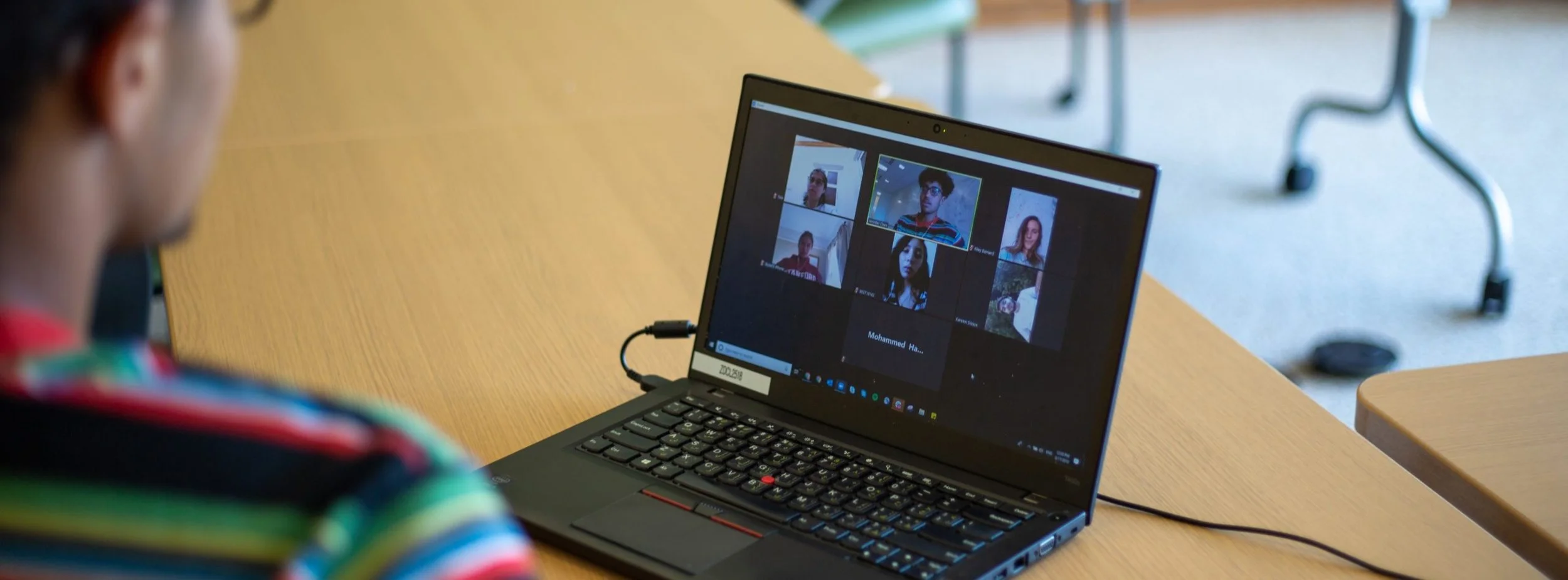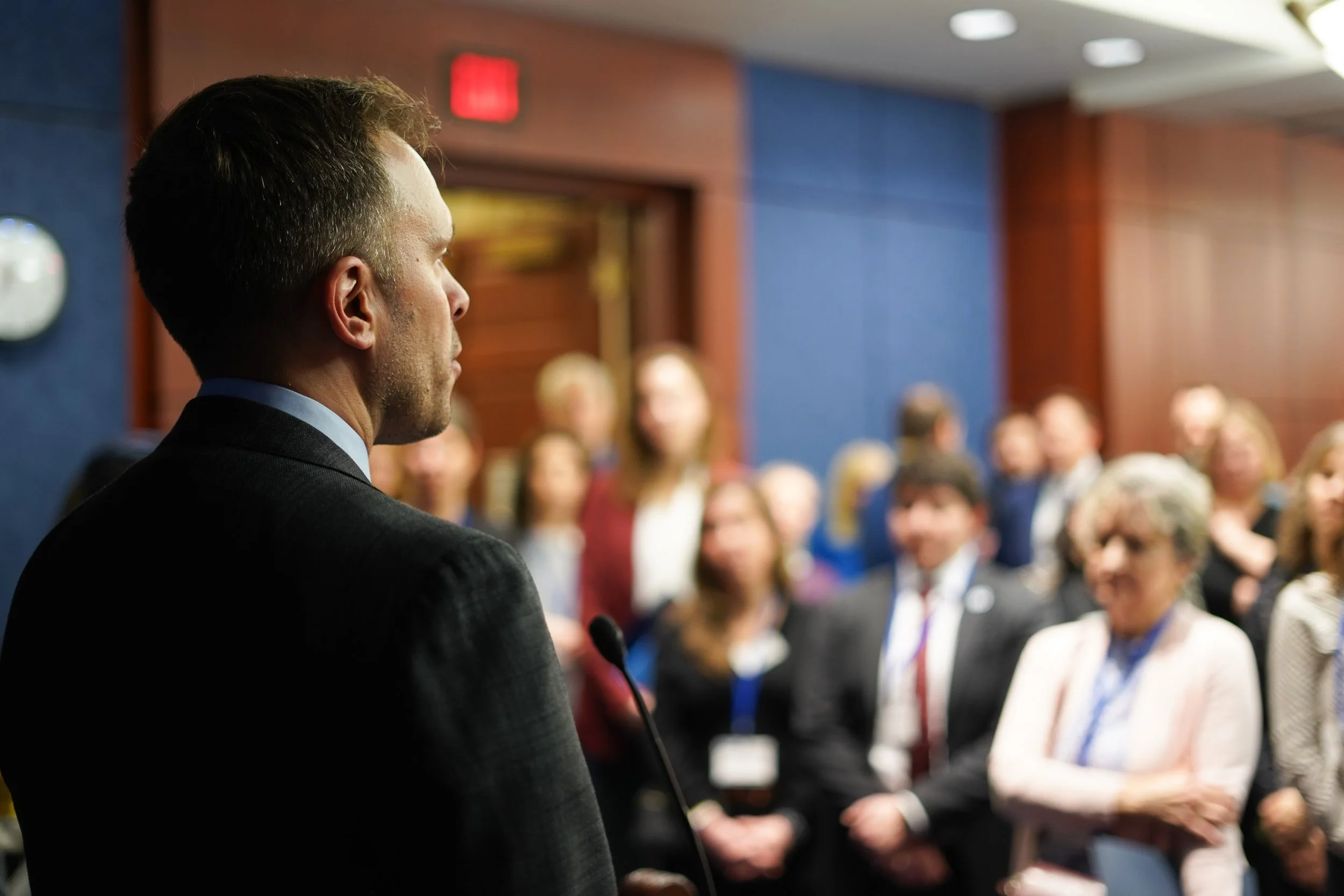
THE LEADING VOICE FOR INTERNATIONAL EXCHANGES
Promoting the growth and impact of international educational and cultural exchange programs.
EXCHANGES ARE A PROVEN INVESTMENT
As the leading public policy voice for the U.S.-based exchange community, the Alliance seeks to showcase the value of international exchange programs.
⏵ Drive America’s Economy
International exchanges are an investment in the U.S. economy.
⏵ Advance American Interests
International exchanges create political and business networks around the world.
⏵ Create Future Leaders
International exchanges build American leaders to be successful on the world stage.
⏵ Tell America’s Story
International exchanges provide perspective into the lived American experience.
WHAT WE DO
ADVOCACY
EVENTS
RESOURCES
THOUGHT LEADERSHIP
WHO WE ARE
The Alliance for International Exchange serves as the collective public policy voice for organizations and companies in the U.S. educational and cultural exchange community in the U.S.















